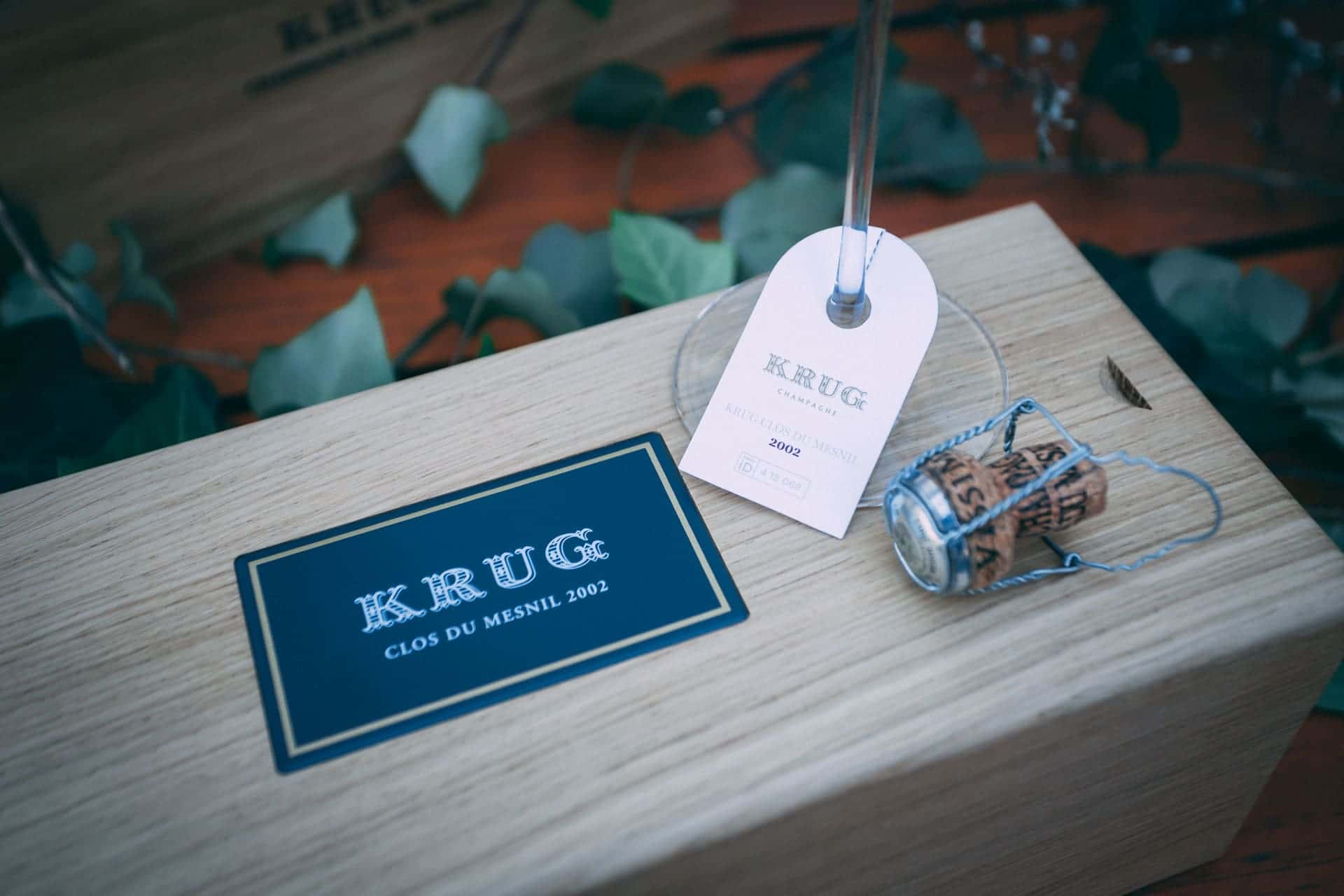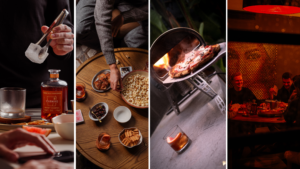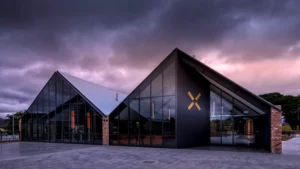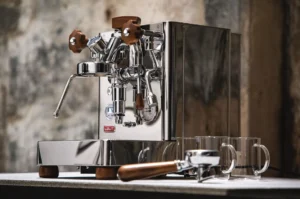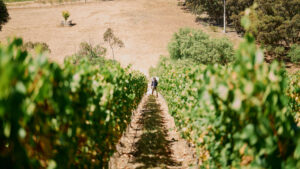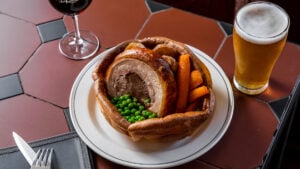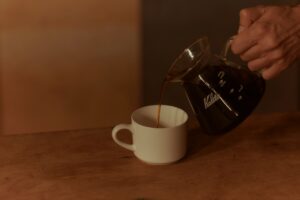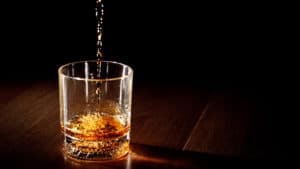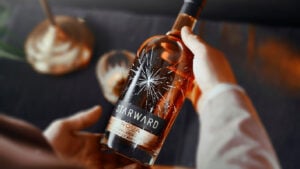During a recent discussion with a friend about the right methods of cellaring champagne, I stumbled upon a great article by Kaaren Palmer about how storing champagne to get the maximum enjoyment from each bottled when opened. Not only did it conclude our debate about whether to store the bottle in or out of the box (if it came in one), it provided a list of notes you can action at home. Here’s a summary below.
Storing Champagne Correctly…
Purchasing:
Start by buying Champagnes from a reputable supplier who has stored the wines well. If you live in a warm country, or your Champagne has been shipped to you via a warm or hot area, check how the wine was imported. Champagne deteriorates in hot conditions, so it is vital that it is transported in a temperature-controlled container between Champagne and you.
Temperature:
Bottles of Champagne should be stored within a consistent temperature range of 10–12°C with high humidity (ideally, humidity should be 80%) to prevent cork shrinkage. If there is no perfect cellar or storage room, bottles should not be stored in or near the kitchen or near a window that gets direct sunlight. If cellaring, storing Champagne as low to the ground as possible, where the temperature is naturally cooler. The temperature of the bottle should not rise above 16–18°C.
Fridging:
Bottles should not be stored long-term in a refrigerator! ‘Tired’, lifeless champagne can be caused by too lengthy refrigeration. After 3-4 days corks can dry out, causing gas to escape, possible leakage of the contents, and exchange of the contents with oxidation-inducing air. If the fridge is used to store both wine and food for extended periods, foreign aromas can pass through the cork and spoil the champagne.
The Box:
If you buy champagne in a box, store it in that box! The box has insulating properties that will provide some protection from temperature fluctuations and help to avoid damage from light. Champagnes in clear glass bottles, such as Roederer Cristal, should always remain in their ultraviolet protective paper, even when in the fridge. On that note, if you’re purchasing chilled champagne and there are stand-alone bottles at the front of the fridge, against the door and the harsh lighting, select a bottle from the back or an alternative in a box. Excess heat will ‘cook’ all wines, and harsh light equals heat!

Transportation:
Allow Champagnes time to recover from agitation caused by transportation before drinking them. Fizz reduction is paramount, which is why opening the bottle must be a controlled process. Loss of fizz means loss of excitement, anticipation and ready bouquet. Store Champagnes away from laundry, kitchen and basement machinery, in order to avoid unnecessary vibrations.
Flat or Standing?
Possibly the most contentious issue when it comes to how to store champagne. Outside of the fact that it’s a far better use of space, some argue that Champagne should be stored horizontally for the cork to remain moist. British wine writer Tom Stevenson claims that even if the bottles remain upright the pressure of the gas in the bottle provides sufficient humidity for a cork to remain moist while reducing the possibility of cork tainting the wine in the bottle. If you’re extra pedantic, before storing a bottle horizontally it should be held horizontally, then its neck gently dipped 45 degrees before being raised again, exactly as in secondary fermentation, so the air bubble is forced towards the centre of the bottle. This is a precaution to prevent the cork drying and shrinking.
Organisation and monitoring:
Maintain a good cataloguing system and stock control to prevent delay if you need to fetch a bottle quickly. Keeping a copy of the cellar list and a diagram of the wines’ storage position is a prudent measure in case of flooding (when bottles may lose labels) or an insurance claim. Check stored Champagnes regularly, you should be able to spot if there are problems like cork fly moth, silverfish and leakage, which is rare.
Drinking:
When deciding which bottle to drink, remember that half-bottles mature faster than 750ml bottles, which in turn mature faster than magnums and larger bottles. The larger the bottle, the slower the maturation. Consult the Champagne’s maker for recommended cellaring time; this information can usually be found on the website. Ensure systematic stock rotation so that you drink the appropriate bottles at their peak first. This information applies to NV as well as vintage. Palmer notes the year of purchase in her cellar record, for example ‘N14’ means NV purchased in 2014.
Champagne served by the glass, as is common in restaurants, may be flat and stale if the bottle has been left open too long; ask for a fresh glass or order a piccolo (200 ml) or half-bottle if they have it.
Cheers to Kaaren Palmer for the wise words on how to store Champagne correctly. Check out my adventures with Krug here as well.
